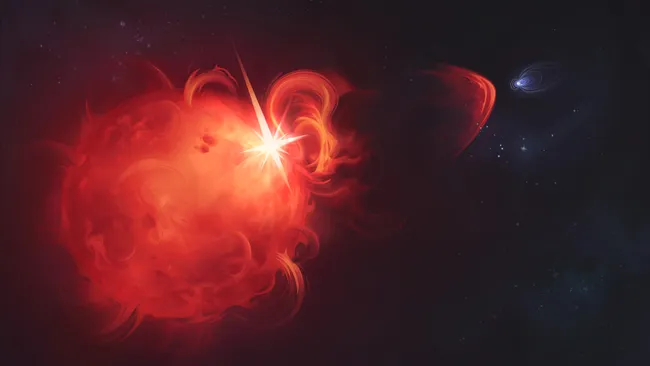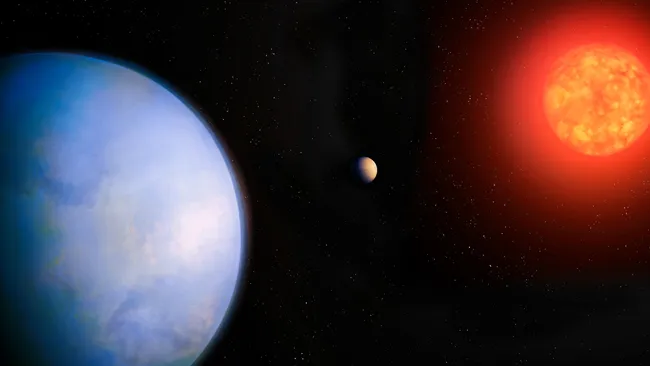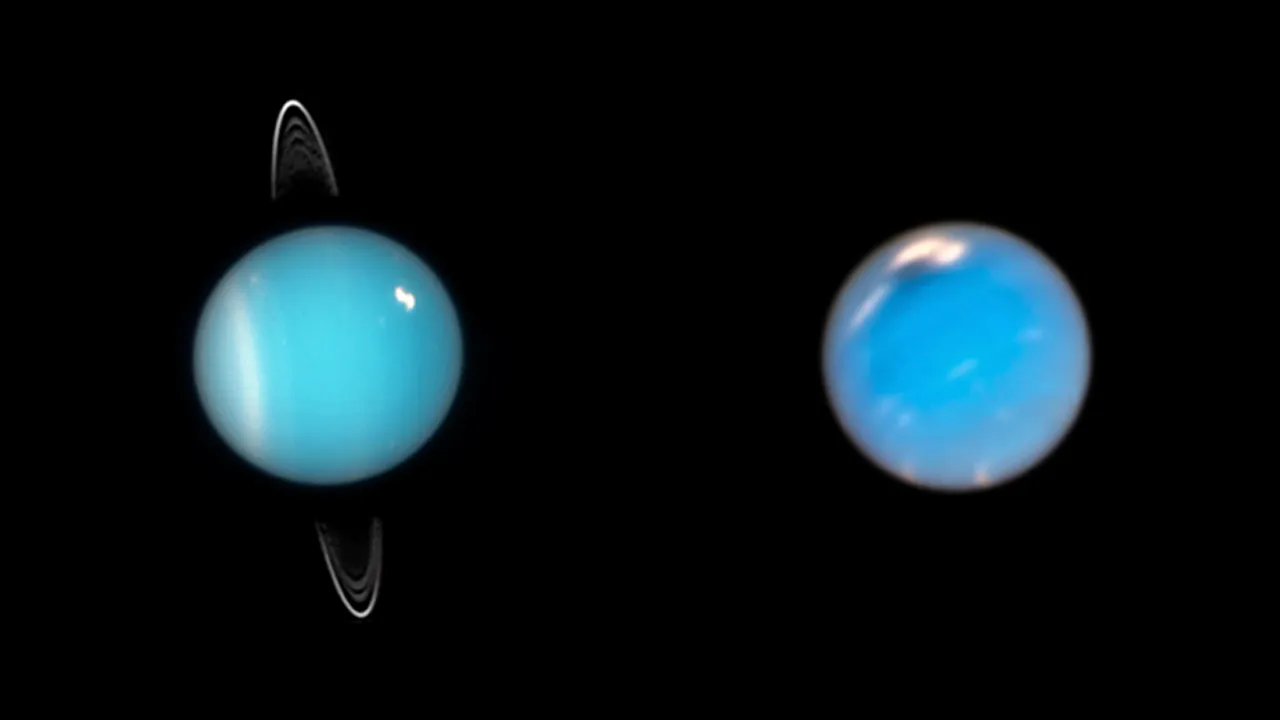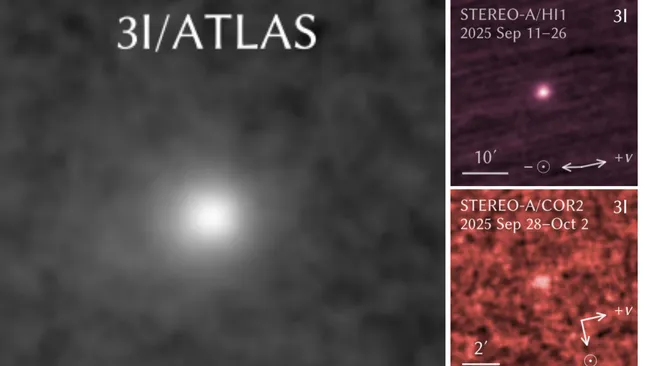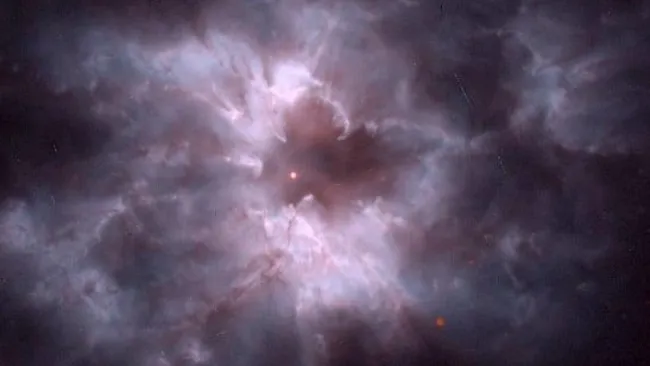Astronomers have officially observed the first coronal mass ejection (CME) from a star beyond our solar system — a monumental discovery that could reshape our understanding of habitability in the universe. Using the European Space Agency’s XMM-Newton spacecraft, scientists detected a massive plasma eruption from a red dwarf star, confirming what has long been theorized: that other stars, like our sun, also unleash devastating bursts of magnetic energy.
This newly observed CME wasn’t ordinary. It carried enough density and velocity — roughly 5.4 million miles per hour (2,400 km/s) — to strip away the atmosphere of any nearby planet. That speed makes it one of the most violent stellar outbursts ever recorded, comparable to only 1 in 2,000 CMEs emitted by the sun.
“Astronomers have wanted to spot a CME on another star for decades,” said Joe Callingham of the Netherlands Institute for Radio Astronomy (ASTRON). “We’ve finally confirmed that material has definitively escaped into space — a real breakthrough.”
The discovery, published in Nature on November 12, was made possible by the Low-Frequency Array (LOFAR) radio telescope, which tracked the radio signals generated when the CME pierced through the star’s outer layers. This observation was crucial — the unique radio burst could only exist if material had completely escaped the star’s powerful magnetic field.
To deepen their analysis, the XMM-Newton data helped determine the star’s temperature, spin rate, and X-ray brightness. Scientists found that this red dwarf, about 130 light-years away, has half the mass of the Sun, rotates 20 times faster, and possesses a magnetic field 300 times stronger.
“We needed LOFAR to detect the radio waves,” said ASTRON researcher David Konijn. “But without XMM-Newton, we couldn’t measure the CME’s movement or connect it to solar-scale models. Both were essential.”
According to ESA’s XMM-Newton project scientist Erik Kuulkers, the finding enhances understanding not just of distant stars but also of space weather around Earth. “It shows the power of collaboration and marks the end of a decades-long search for stellar CMEs,” he stated.
However, the results carry grim implications for the search for extraterrestrial life. Red dwarfs are the most common stars in the Milky Way, and many potentially habitable exoplanets orbit them. But such intense CMEs could strip these planets of their atmospheres, rendering them uninhabitable despite being in the “Goldilocks zone.”
“This work opens a new observational frontier,” said Henrik Eklund of ESA. “Intense space weather may be even more severe around smaller stars — jeopardizing the habitability of their worlds.”
Ultimately, the discovery underscores a harsh truth: being in the right orbit isn’t enough. If a host star is volatile, its planets may never stand a chance.

